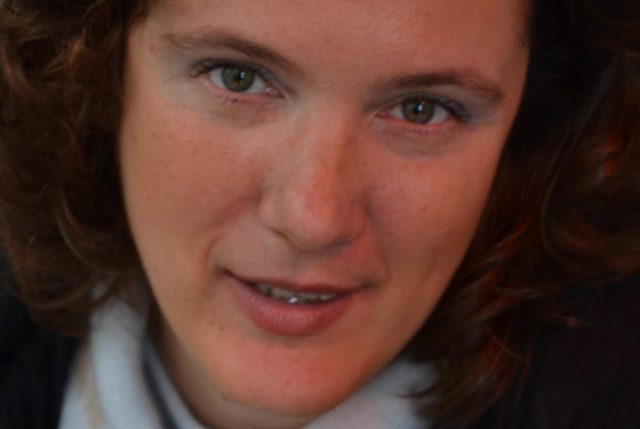The modernity of Brunello

The history of the Brunello di Montalcino we know today is very recent as well as being truly revolutionary for Tuscan winemaking.
Back in 1961, the then-very young enologist Marco Trimani received a phone call from the presidential Quirinale Palace that threw him off balance. There had been a request from President Giovanni Gronchi himself for a wine that he had never head of and that the president wanted to serve in honor of Queen Elisabeth II. The wine was Brunello di Montalcino Riserva 1955 Biondi Santi and one of Rome’s most famous wine experts as well as one of the most important wine sellers in Italy knew nothing about it.
I heard this story many years later from Marco Trimani himself when he explained to me how the Brunello phenomenon is much more recent than one would imagine and certainly far more recent that those of Barolo, Chianti Classico or Vino Nobile di Montepulciano. Not only did he not know the wine, he had no idea who Tancredi Biondi Santi was, at the time the owner of the winery. This was understandable given that when the Brunello producer association was founded, in 1967, the first vineyard census found only some 55 hectares (which then doubled by 1971). In the early 1960s, when the first bottles of Brunello began to appear on wine shop shelves, you could count the number of producers on one hand.
I can still remember a fantastic 1964 version and the producers at the time were, aside from Biondi Santi, Barbi Colombini, Costanti and, perhaps, Nardi and Poggio alle Mura. Several years later, they were joined by Il Poggione, Col d’Orcia and Argiano, while the first vintage produced by Altesino was, if I’m not mistaken, 1970 and they were the first to ferment the grapes separately and mention the cru Montosoli on the label. All the others would sometimes produce Chianti dei Colli Senesi or Rosso dai Vigneti di Brunello, as the wines were called then, but not Brunello di Montalcino, at least until the middle of the 1970s, when the “Lombards” came into play: Bellini, Soldera, Consonno, Gloder and Molinari.
The wine really took off with the adoption of the DOCG classification, which began with the 1980 harvest (when the vineyards had expanded to 500h) although the first bottles did not reach the market until 1985.
Brunello is thus one of Italy’s “modern” wines and one of the very first in Tuscany to use just one varietal, Sangiovese, at least beginning with the regulations governing DOCG production. This meant eliminating any addition of white grapes that were commonly used in the zone of Chianti, of which Montalcino was part. This was an authentic revolution at the time. Not only that but, according to enologist Giacomo Tachis, it was the Brunello of Biondi Santi (who eliminated the use of white grapes) that inspired Piero Antinori to produce Tignanello when Chianti Classico sales were in a slump. This was between 1970 and ’71.
Looking back at these episodes allows us to understand the truly trailblazing role of Brunello di Montalcino, which is more an expression of modern and farsighted winemaking than one of ancient traditions. Some may not like this, but that’s the way it is.

 Italiano
Italiano








